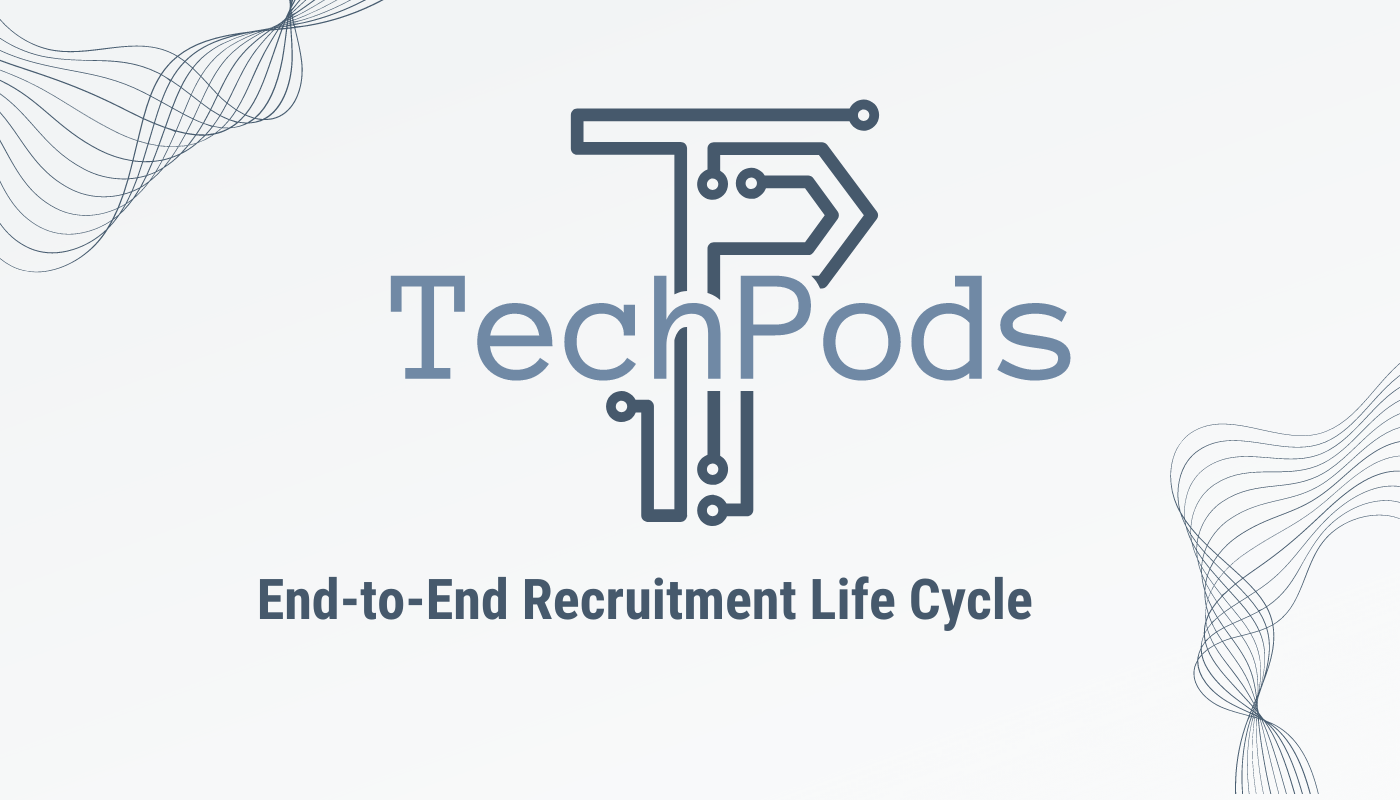Exposing “The Bench” in IT Outsourcing

At TechPods, “Co-Sourcing NOT Outsourcing” means that we do things differently compared to conventional IT Outsourcing companies, and one of those things is having a bench. Before we get started, we do not operate a bench, although I do believe that there is one type of bench that is really beneficial to junior engineers.
Before we get to that, let’s look at the different types of bench, and why they don’t work:
- The Classic Bench / Idle Bench
This is the most well-known type of bench that has become so infamous over the years, and is where FTEs within the outsourcing company are literally idling because they have no work.
If you’re a CTO, you’ve no doubt heard from outsourcing companies, telling you they have rockstar engineers who can immediately start on your projects, right? The truth is that rockstar engineers do not sit on a bench, and even if they do, you’re trying to force square pegs into round holes. More often than not, the engineers they’re trying to sell you are actually freelancers or subcontractors.
- The On-Demand Bench
More like a pool than a bench, this is where an outsourcing company builds a network of partners and gets to work selling their services. This might actually work for tactical projects, however, CTOs must understand that freelancers and/or subcontractors that are being sold via outsourcing companies are usually juggling various projects, thus you’re getting a diluted version of their true capabilities. This approach is a great way for outsourcing companies to turn a quick profit with little risk hence its popularity on the market.
- The Junior Bench
I mentioned that there is a bench that is actually beneficial for the development of junior engineers, and here it is! Specifically designed for learning and development purposes, this type of bench gives junior engineers an opportunity to attend courses on company time and work on varying projects, with varying technologies and people, and will ultimately enable them to discover their talent. However, this should be a fast-track programme resulting in them being placed in a permanent team within 6-12 months.
There are of course other types of bench, including Rotational, Strategic, Buffer, Shadow etc, and they all pretty much mean the same thing, which is engineers being kept as reserves until their services are required.
The bottom line is that quality engineers do not sit on a bench because it harms their career progression.


